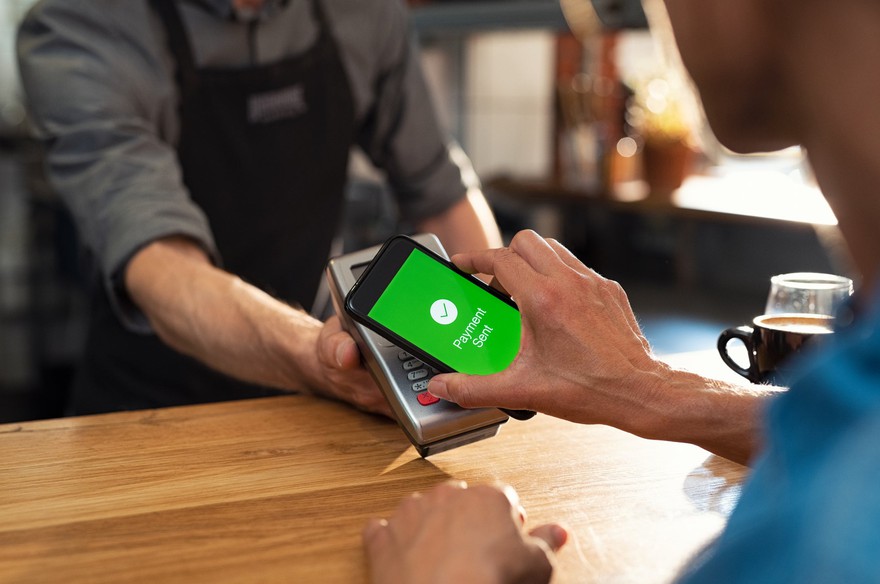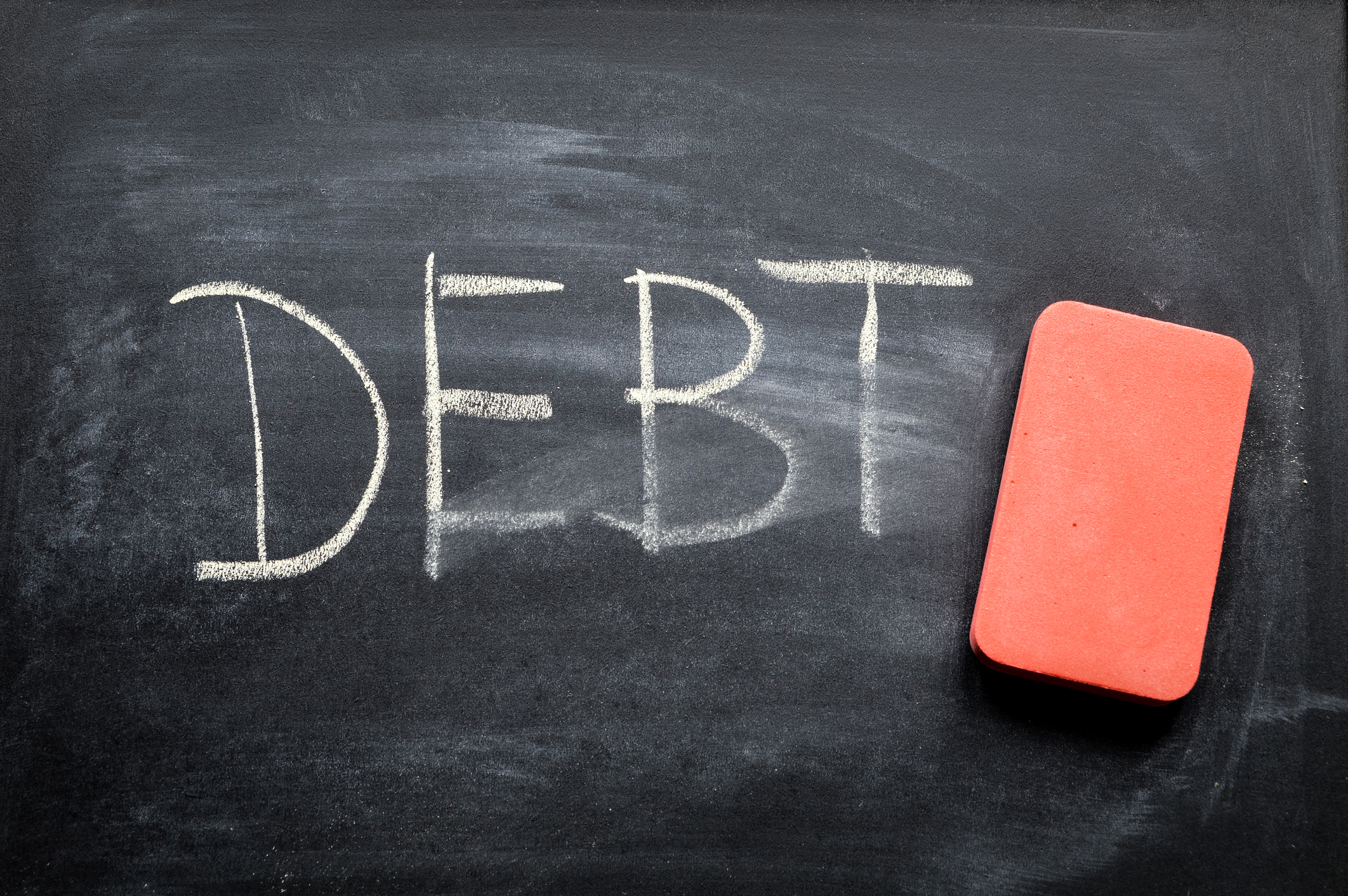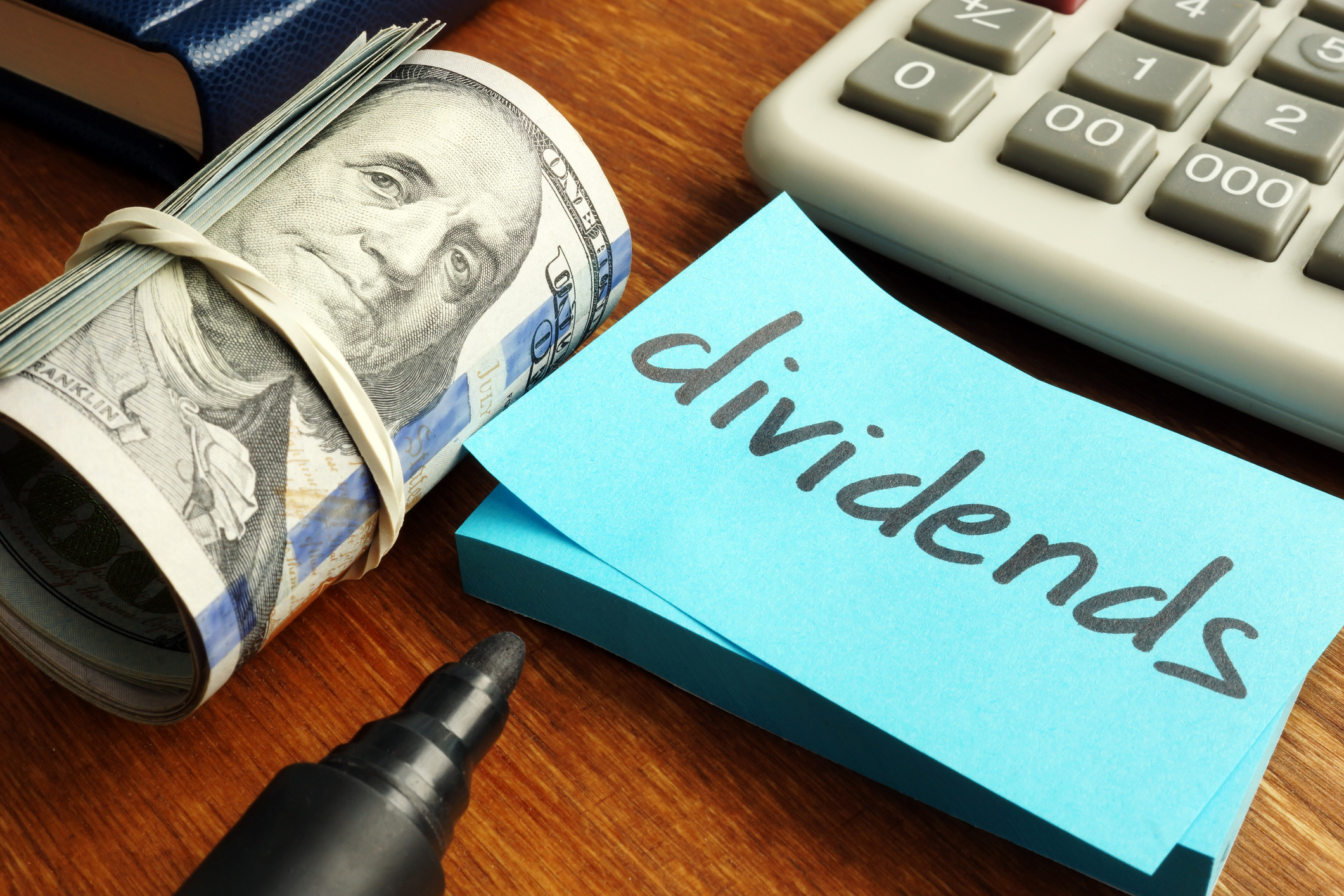The term dual income, no kids (DINK) originated in the 1980s during the yuppie culture boom. Amy Virshup, associate editor at New York Magazine, is thought to have been the first to use the term in print in 1987. The term was initially used to describe couples who chose not to have children, often prioritizing their careers and personal freedom over a traditional family life.
While the term gained popularity in the 1980s, the concept of dual-income couples choosing not to have children has likely existed for much longer. DINKs have become more visible in recent years, particularly on social media platforms where they share their life and spending habits with ease in the digital age. The term has seen a particular resurgence amidst the popularity of platforms like TikTok, where couples frequently showcase their child-free lifestyles.

What does Dual Income, No Kids (DINK) mean?
DINK -- which stands for Dual Income, No Kids -- refers to a couple where both partners are employed and do not have children. The lifestyle can lead to increased disposable income and more flexibility for discretionary spending. DINKs can potentially save more for travel, investing, or other long-term goals due to the absence of child-related expenses.
The combination of higher income and fewer expenses can allow DINKs to potentially retire earlier or enjoy a more comfortable retirement. However, this is far from universally true for all DINK couples, and individual circumstances can vary greatly.
While many DINK couples enjoy greater financial freedom, they may also face negative societal perceptions and judgments, particularly on social media platforms where these lifestyles are more visible to the public eye now than ever before.
Are there different types of DINKs?
Social media platforms, particularly TikTok, have allowed DINK couples to share their experiences and perspectives, making the lifestyle more visible and normalized. Against that backdrop, different variations of DINK monikers have emerged, including:
- DINKWAD (Dual Income, No Kids, With a Dog): This highlights a common DINK lifestyle choice where couples dedicate their resources and attention to a pet, often a dog.
- DINKWAC (Dual Income, No Kids, With a Cat): Similar to DINKWAD, but with a cat as the chosen companion.
- DINKWAP (Dual Income, No Kids, With a Pet): A broader term encompassing DINKWAD and DINKWAC, referring to DINKs with any kind of pet.
- DINKY (Dual Income, No Kids, Yet): This describes couples who are intentionally delaying having children while maintaining a dual-income household.
The #dink hashtag on TikTok has amassed millions of views, showcasing the perks and realities of the child-free lifestyle, including travel, dining, and work arrangements. The term "DINK era" and variations have also emerged on social media, reflecting a growing trend of couples embracing the DINK lifestyle as a phase or a conscious choice.
What are the potential benefits of the DINK lifestyle?
Without the significant expenses associated with raising children, DINK couples often have more money to spend on themselves, their hobbies, and their goals. The absence of childcare costs allows for greater saving and investment opportunities, which can potentially enable these couples to seek a more secure financial future.
DINKs may also experience less financial stress in their spending and saving choices. DINKs may be more likely to pursue career goals and enjoy greater flexibility in their professional lives. And, without the need to consider schools or family-friendly locations, DINKs have more freedom to move for job opportunities or lifestyle preferences.
Related investing topics
Final thoughts
While DINK couples are often associated with higher incomes and a focus on luxury, the lifestyle can be attractive to couples of various income levels. It’s also worth noting that the DINK life is not always acquired by choice for everyone. Some couples become DINKs due to unforeseen circumstances outside of their control (e.g., the couple is unable to have children) or financial constraints, rather than because of their deliberate preference.
The DINK trend on social media is challenging traditional norms around family and career choices, prompting conversations about the evolving definition of success and happiness. As some DINK couples showcase their ability to spend on personal pursuits, social media has also highlighted the financial implications of the DINK lifestyle, glamorizing it for some viewers of modern-day pop culture.



















